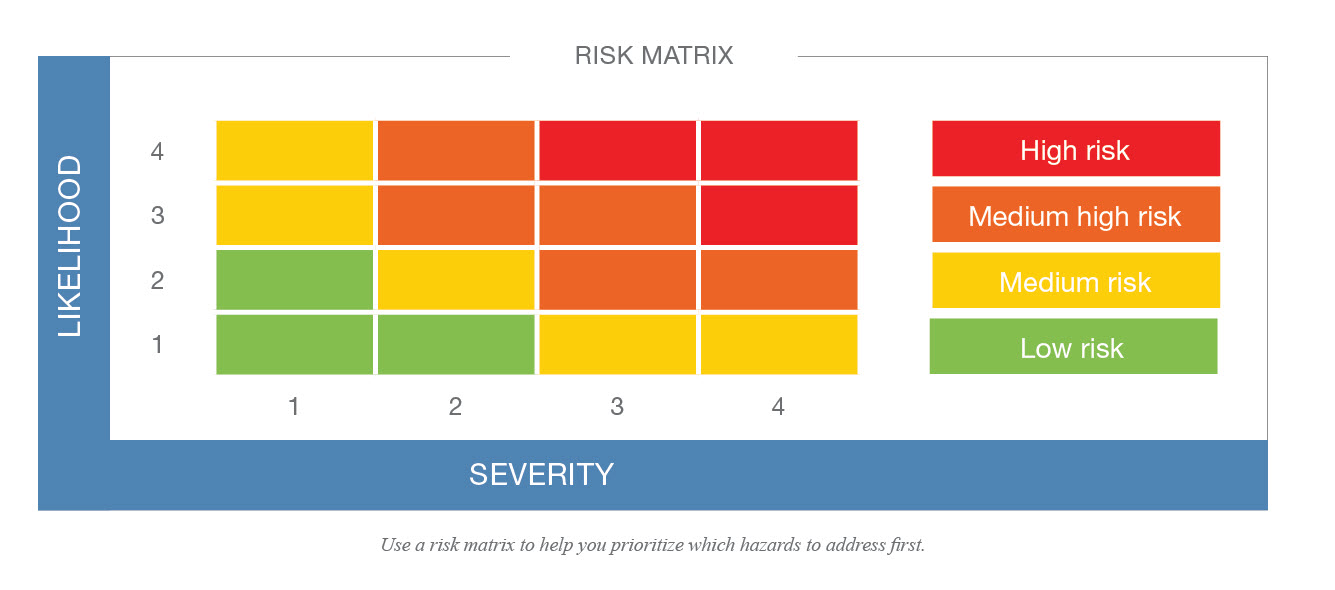By Beth Giebel, Esq.
Employers can be surprised and frustrated to learn that an employee who was injured while violating company safety rules can still receive workers’ compensation benefits.
This isn’t always the case.
In these situations, it is possible to deny liability for an injury on the basis of the “prohibited act” defense, but the employee’s injury must occur as a direct result of a violation of a clearly stated, and consistently enforced, prohibited act, policy or rule.
A Minnesota case illustrates the applicability of this defense.
In Smith v Metro Transit , the employee, a bus driver, was driving his route when a passenger wanted to get off at a non-designated stop. The employee did not feel it was safe, so declined to stop. At the next designated stop, the passenger spat in the employee’s face as he exited the bus. The employee then got off the bus and chased after the passenger. When the employee caught up with the passenger, the passenger shoved the employee, causing him to fall and injure his shoulder.
Employee injured while violating policy
The employer, Metro Transit, had published a bus driver’s guide that established guidelines for dealing with unruly passengers. Their bus drivers were instructed to “avoid physical confrontations wherever possible and were told to refrain from leaving the bus operator’s seat to settle disputes unless it was necessary to do so in self-defense.”
The employee had previously acknowledged these work rules and had been disciplined for violating them.
The compensation judge denied the employee’s claim and found that the injury occurred as a direct result of the employer’s prohibited act. The Minnesota Workers’ Compensation Court of Appeals affirmed the denial of compensation, and reviewed the six factors to consider in determining whether the prohibited act defense would disallow the employee’s claim:
- Whether the employee knows of the prohibition
- Whether the prohibition was customarily observed
- Whether the employer took reasonable steps to enforce the prohibition
- The reason for the prohibition
- Whether the performance of the prohibited act was unreasonably dangerous
- Whether it was reasonably foreseeable by the employer that the expressly prohibited act would occur
Violations of safety standards
Violations of standard safety procedures – such as failure to wear a hard hat or eye protection – do not typically bar compensation if an employee is injured while otherwise performing his or her authorized employment activity.
Failure to abide by safety policies and procedures may provide the basis for disciplinary action against the employee, but the presence or absence of safety equipment does not necessarily give rise to a prohibited act defense.
Depending on the laws in your state, failure to follow safety rules could result in decreased compensation.
For example, in Wisconsin, compensation is decreased by 15 percent if an injury is caused by the employee’s failure to use a safety device – provided in accordance with a statute or with a Wisconsin Department of Workforce Development administrative rule – if the device is adequately maintained and its use is reasonably enforced. Compensation is also reduced if the injury is caused by the employee’s failure to obey a reasonable safety rule adopted and enforced by the
Create a ‘prohibited acts’ policy
Having policies that clearly articulate prohibited practices at the workplace can improve the safety and health of your employees, decrease costs and missed work days, help control your workers’ compensation premium, and send a strong message that may warrant a denial of compensation for certain injuries.
But having a policy is just the first step. Be sure to:
- Clearly identify prohibited acts
- Communicate prohibitions to employees
- Consistently enforce policies
- Discipline violations of the policies
This will help make your policy as effective as possible in preventing injuries among your employees.
This is not intended to serve as legal advice for individual fact-specific legal cases or as a legal basis for your employment practices.
Originally published August 2019; updated August 2025.


